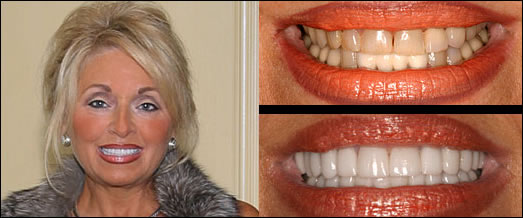Your dentist attended school for years to become an expert in dental treatments and procedures. The average person won’t have the time or money to make that kind of investment. It can help you feel more comfortable, however, if you develop knowledge of basic dental terminology. Plus, you can impress all your friends by explaining the difference between a composite (all-white) and amalgam (metal) filling.
Common Dental Terms
Bruxism – This term refers to the condition of grinding your teeth, especially at night.
Anterior Teeth – Located in the front of your mouth, you have 12 anterior teeth, six on the top and six on the bottom.
Crowns vs. Fillings – Any dental restoration that covers the entire surface of the tooth above the gum line is called a crown. Usually, you need a crown when a tooth sustains extensive damage and a routine filling won’t work. Fillings restore smaller portions of a tooth surface.
Molars – The teeth used for grinding. Adults have 12 molars.
Occlusion – When a dentist use the word occlusion, he or she is referring to how the upper and lower teeth fit together upon closure.
Periodontal Disease – Another term for gum disease, periodontal disease affects roughly 80 percent of adults in this country. Generally mild and often unnoticed at first, gum disease can result in pain, bone degeneration, and tooth loss if left untreated.
Plaque vs. Tartar – A colorless, sticky substance, plaque accumulates on teeth and promotes the growth of bacteria in the mouth. When food debris gathers and hardens on your teeth, it’s called tartar.
TMD – An acronym for temperomandibular disorder, this condition occurs when the joints that open and close your jaw become fatigued, which strains the associated nerves and causes discomfort. Other symptoms include headaches, ringing in the ears, tingling in the extremities, and neck pain.
 Patient Forms
Patient Forms Email
Email Get Directions
Get Directions
 View Gallery
View Gallery 
